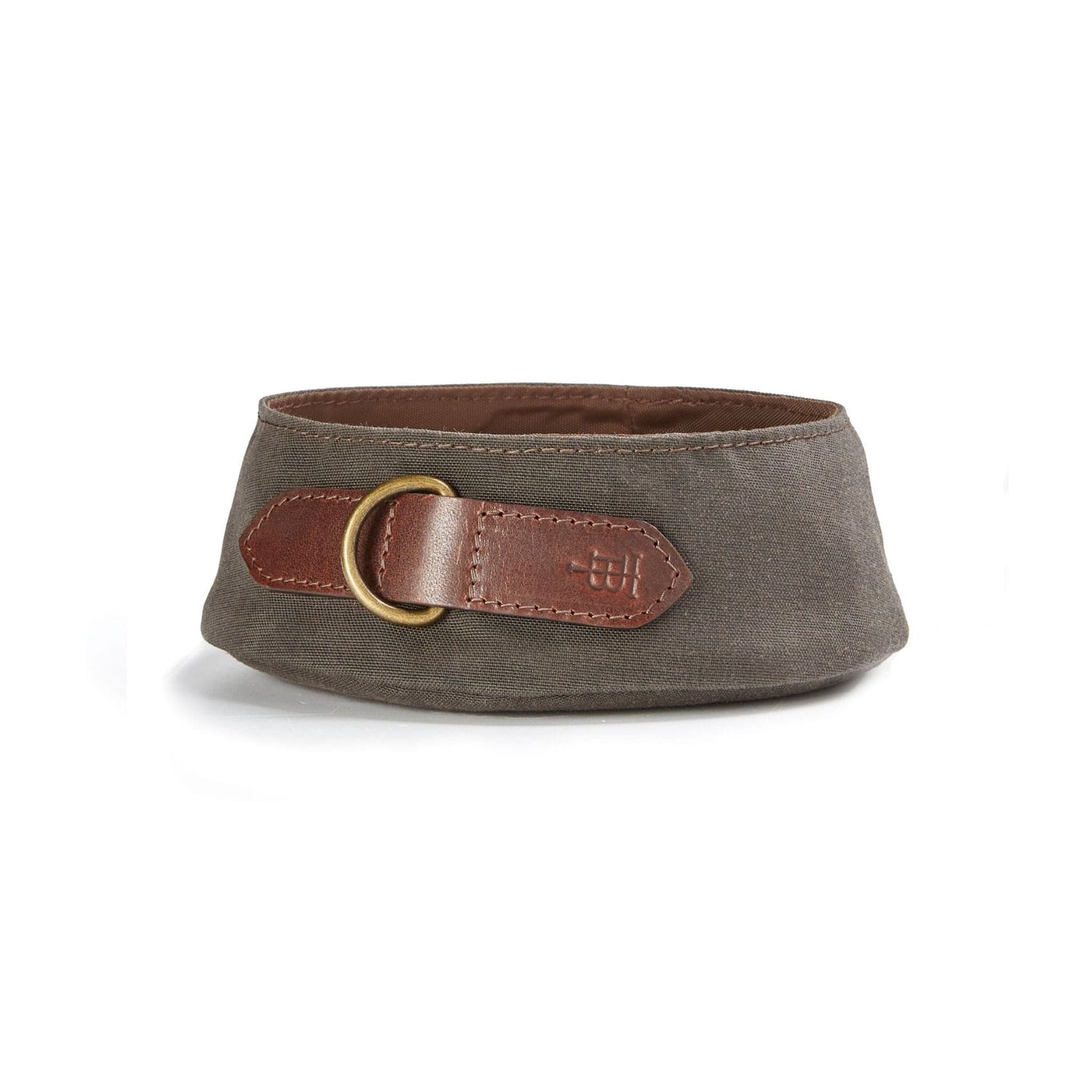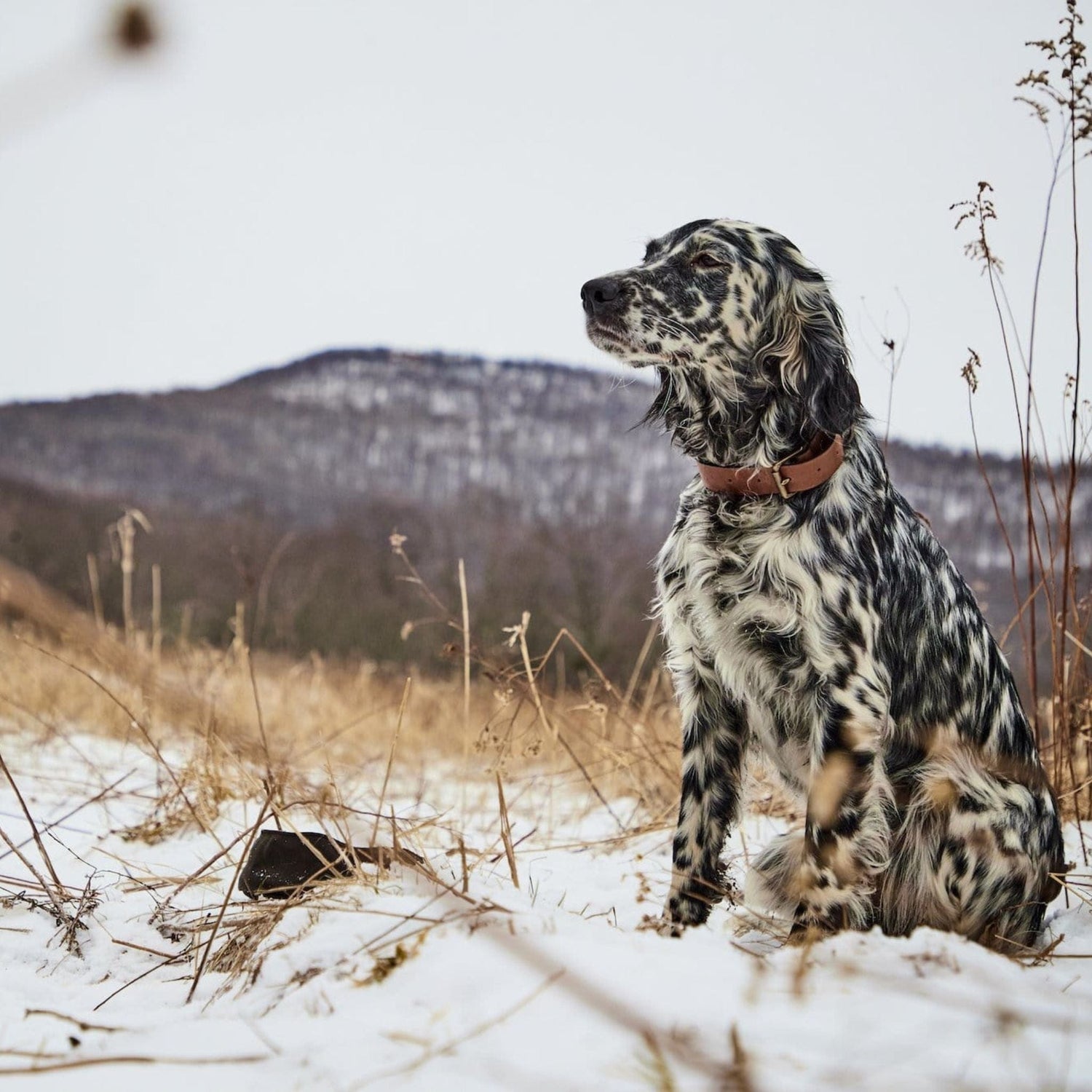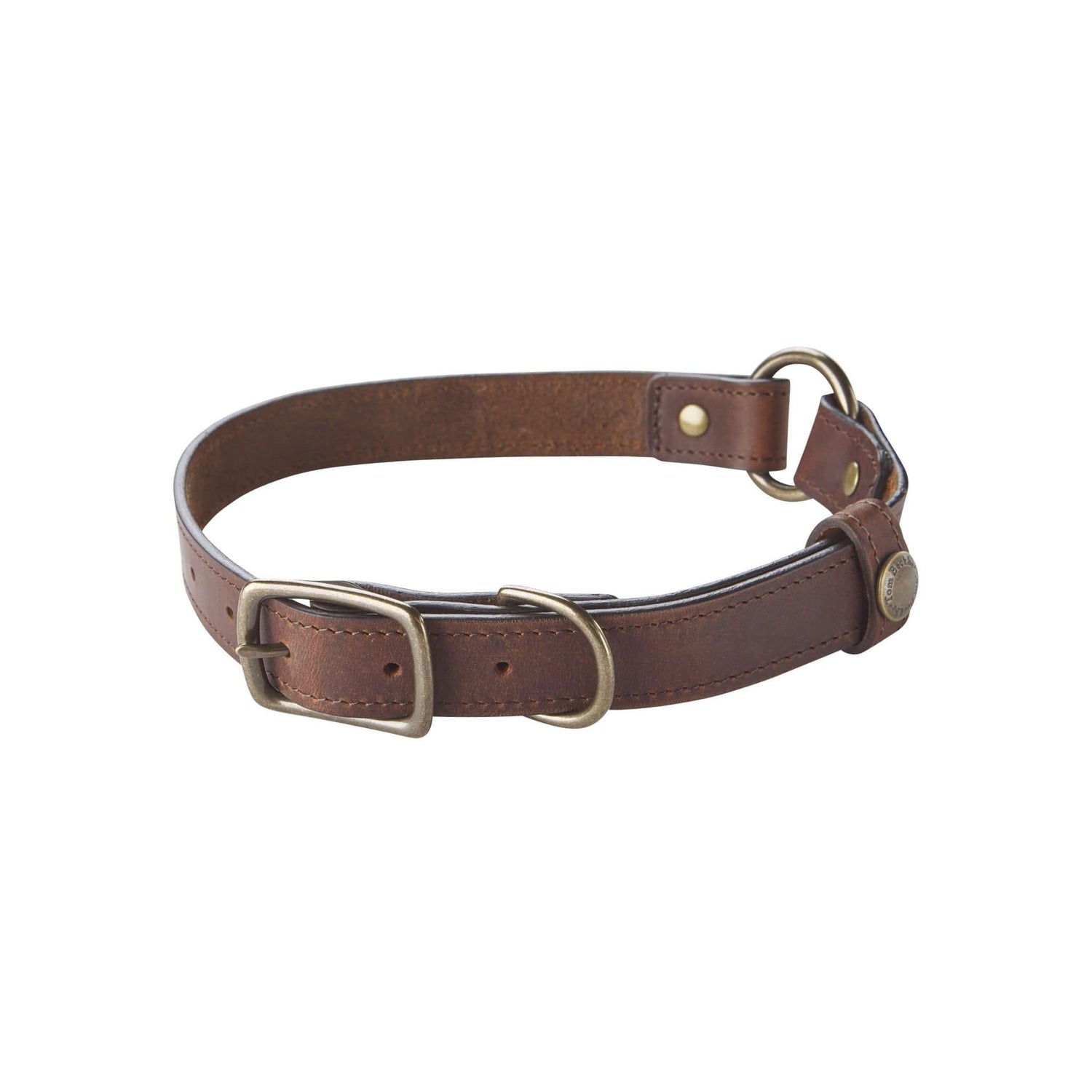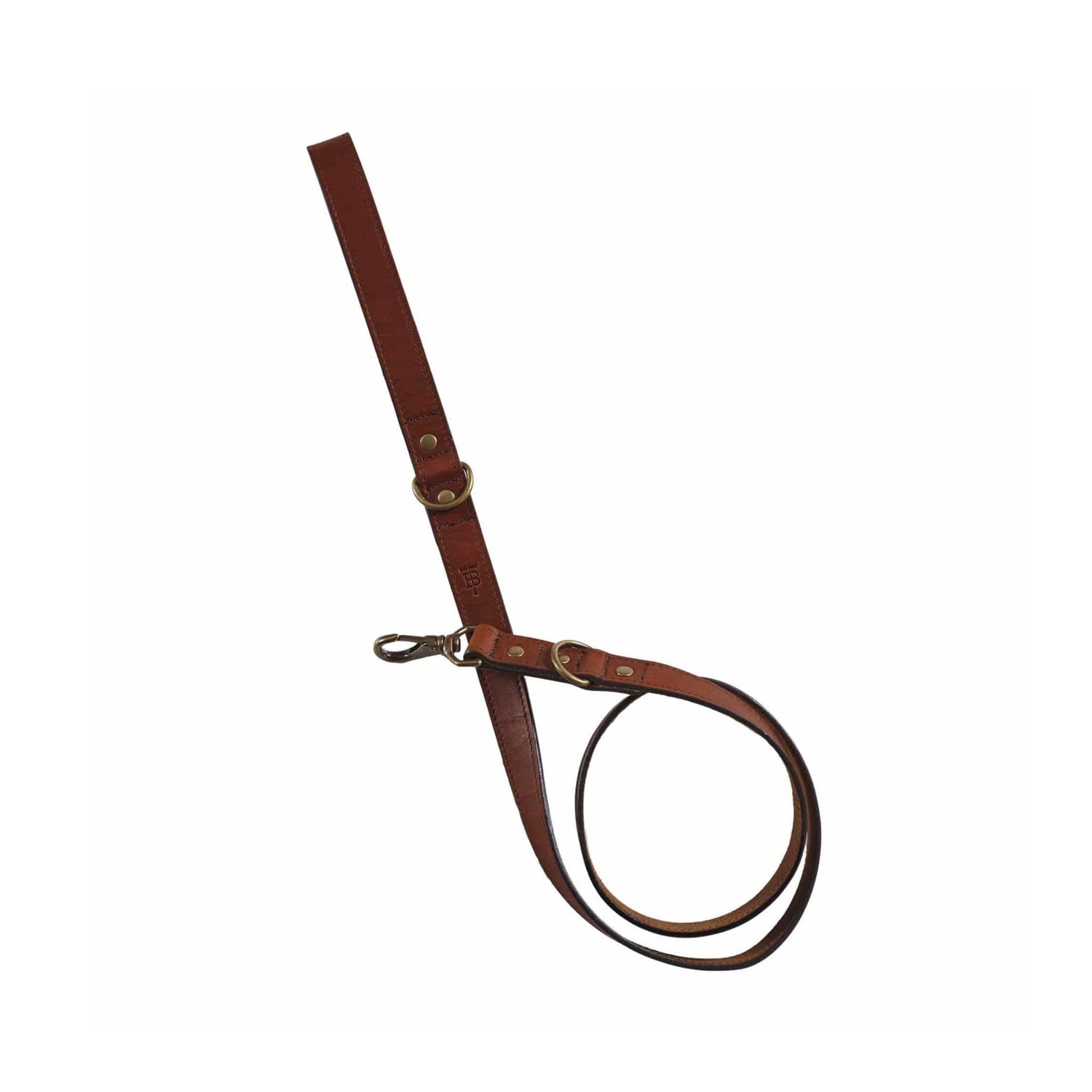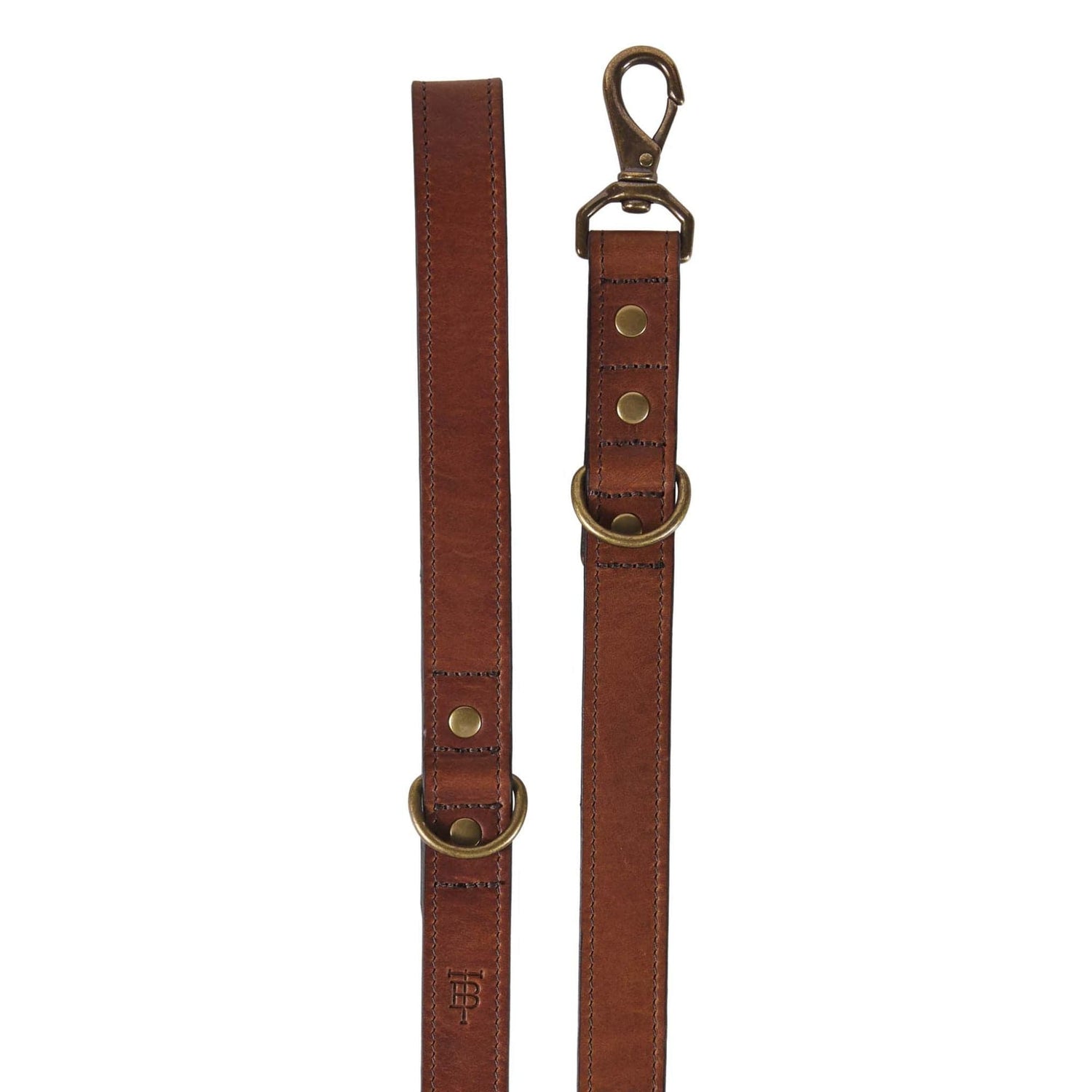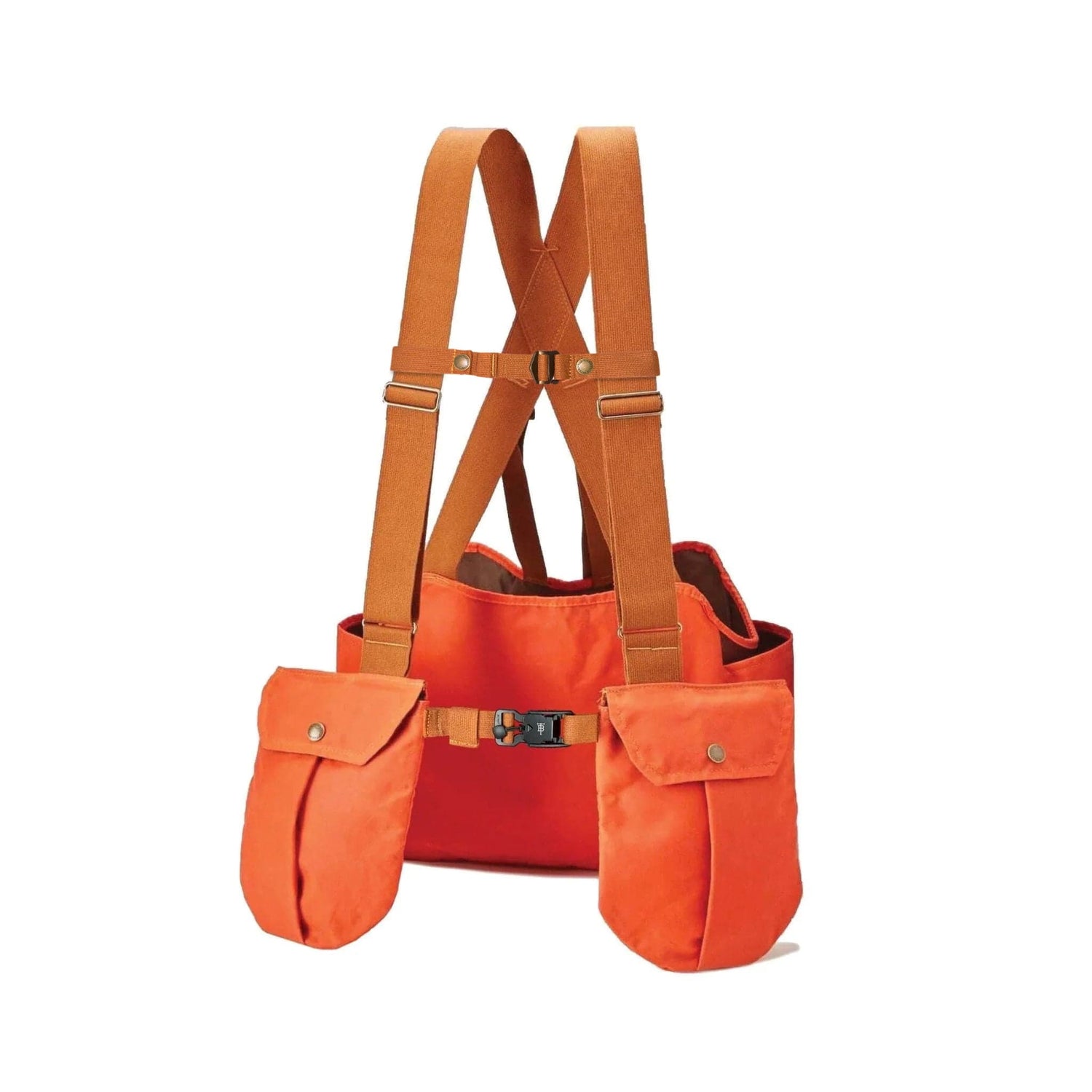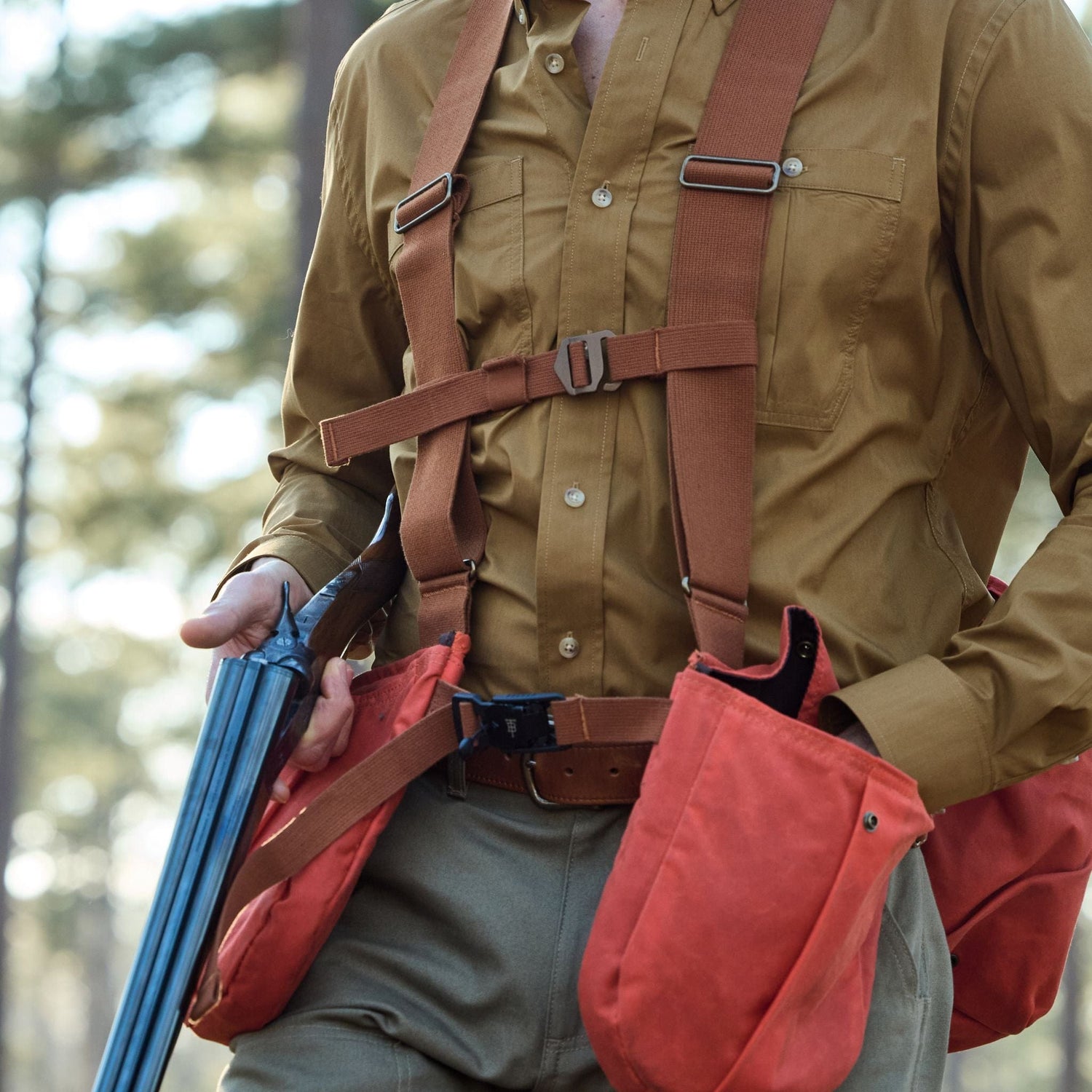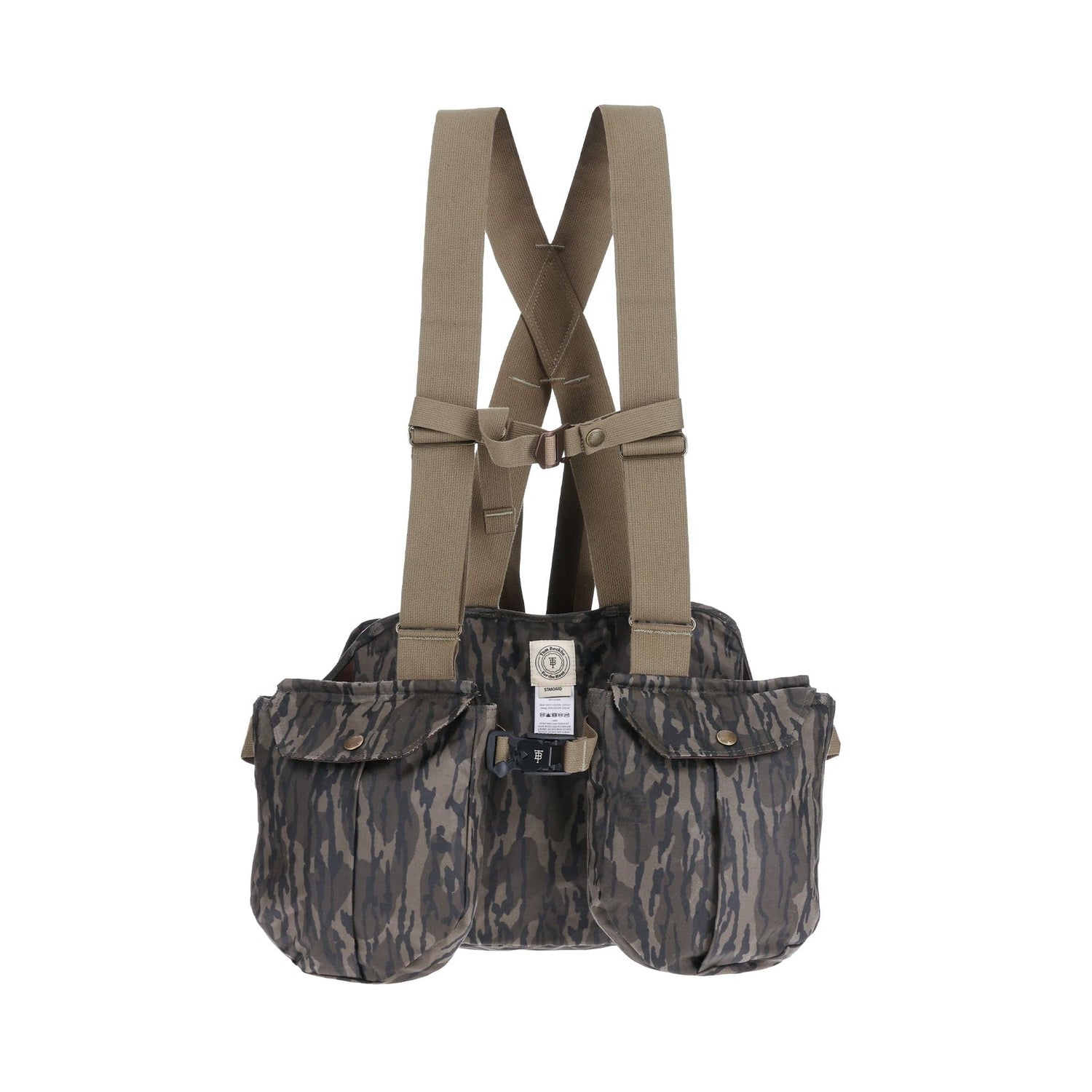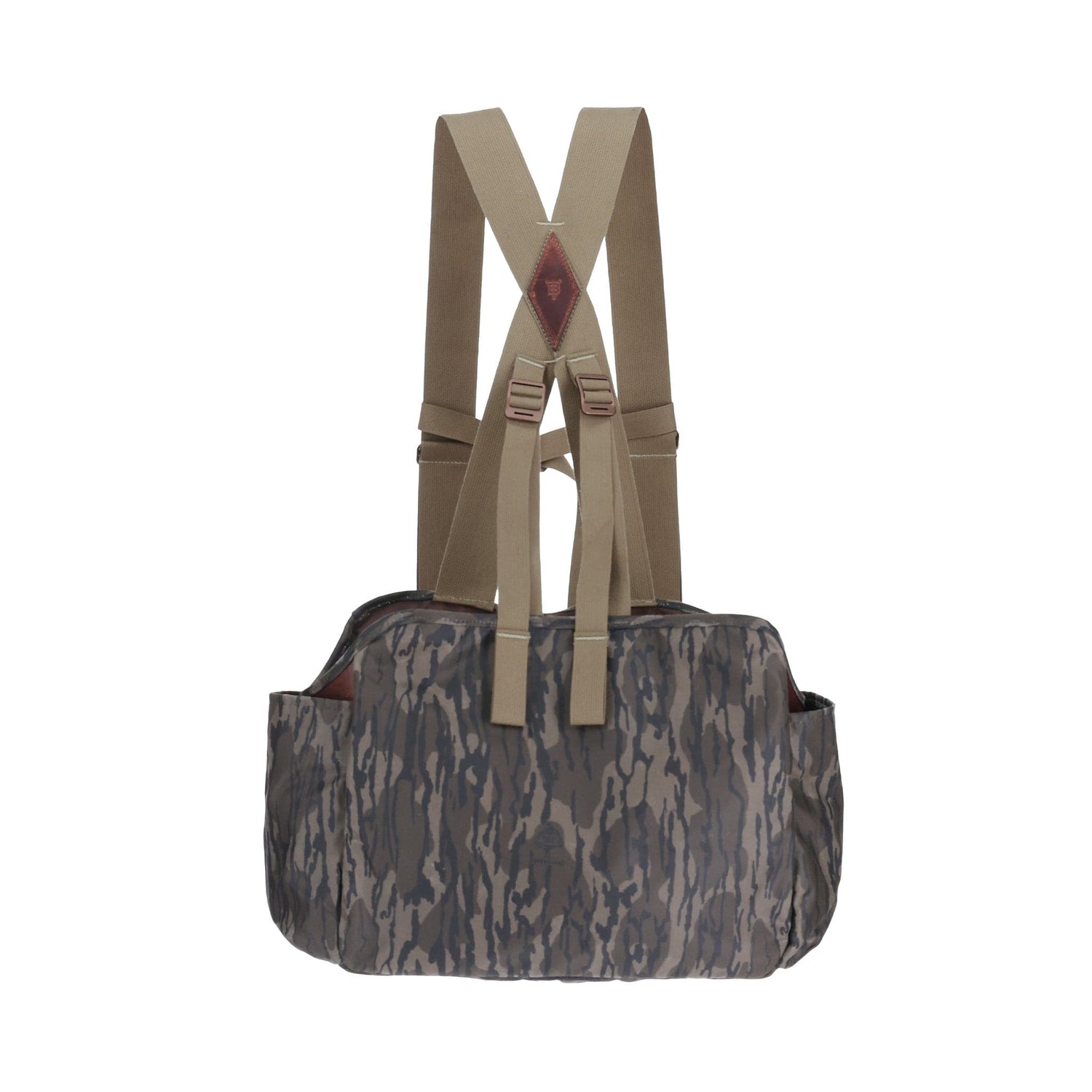The chaos was overwhelming. I contorted my body to reach the surface and gasped desperately, but only found a rich mix of air and muddy water. Time seemed to slow and I was able to sip a few breaths. I could hear a voice calling from the distance as I labored to get my head above the waterline but couldn’t make out the words. As I managed to catch my breath, the voice grew clearer.
“Stand up bud!”
I found my feet and escaped my watery grave. I stood thigh-deep, just fifteen feet from the bank of an Alabama farm pond. My small tin boat capsized, its contents bobbed around me, a circle of fishing gear and boat accouterments expanding in all directions.
My dog Spud was splashing in the same state of panic that had gripped me moments earlier.
“Grab his collar and get him to the bank.”
My wits recovered, I recognized the voice. It was my mother’s boyfriend, Jim. He spoke calmly, guiding me ashore from his lawn chair. He reeled a buzzbait the final few feet, sat the rod down, and added one more empty to a pile of Budweiser cans at his side, “Let’s get him in the kitchen and get that hook out.”
Somehow Spud had sniffed a treble hook up his nose, triggering the melee. Jim worked like a surgeon as Mom held Spud’s mouth closed. But Jim wasn’t a surgeon. Equal parts sage and loveable drunk, Jim was a lawyer cut from the mold of John Grisham’s Lucien Wilbanks, only less productive. “Dogs and boats just don’t mix, bud.” He said as he extracted the last barb from Spud’s right nostril. A print hanging from the cabin wall, depicting a lab puppy asleep amongst a tangle of decoys on the bow of a jon boat argued against the conviction in his voice. He caught me studying it and sighed. “Now go get that mess cleaned up.”.
Some thirty-five years on, I spend much of my time on boats with dogs. I am a gun-dog trainer by trade. I teach pointing dogs, spaniels, and retrievers to hunt under the gun and retrieve game for their owners. Between September and February, I spend my downtime pursuing small game on public land. Boats are a good way of accessing public land around the Yadkin River lake region. If I’m leaving the farm, odds are high that there’s a canoe hanging from the bed of my truck or a jon boat in tow, and there’s about a one hundred percent chance that my Lab, Althea, is asleep in the cab. She is a fine waterfowl dog who also excels with upland game, and if I’m targeting squirrels, you’ll find her at my heel scanning the treetops. But when the hunting season ends, Althea becomes a fishing dog.
There’s a great deal of overlap between a good hunting dog and a good fishing dog, and a well-bred, well-trained companion gundog should flow seamlessly between these roles. First and foremost, a good fishing dog is an agreeable companion. They are always close, but never in the way. They have the patience to sit for long stretches as their owner wades a high-country stream, presenting flies to wary trout, always taking care to keep out of the back-cast and not spook the fish. Fishing dogs are comfortable curled up, out of the way on a small boat, never growing anxious or meddling with tackle. They represent their owner well at the boat ramp, at streamside, or on a neighbor’s farm pond, never interfering with another angler’s fishing. Many hunters and fishermen have earned and lost future invites based on their dog’s behavior.
As it is with most living things, both nature and nurture play a role in the development of a refined fishing dog. Generations of selective breeding have led to dogs that are very well suited to this role and others that are not. I have had a few Brittanys and other pointing breeds over the years that rode well in the boat and stayed relatively manageable on the bank, but most often, their minds were occupied by their singular focus on game in the bush. To a lesser degree, I could say the same of Spaniels. These are questing dogs, and though they love to please, they are rarely content while stationary. This is one area in which I believe the retriever stands above all others as the undisputed champion.
Most of the modern retriever breeds trace their lineage to the St John’s water dog. Said to have descended from the dogs of fifteenth and sixteenth-century Portuguese anglers, the St John’s Water Dog was a landrace that inhabited the British island colony of Newfoundland. These dogs were hardy, even-tempered, calm companions that spent months at sea confined to cramped quarters, then came to life when called upon to retrieve a net, a floating fish, or a piece of game in the treacherous waters of the North Atlantic. Today, we test working retriever brood stock for the same qualities that made their forebears such practical companions in those days, making them an obvious choice for modern anglers now. Chief among the retrievers is the Labrador.
Until 2023, Labrador Retrievers were the most popular breed of dog registered by the AKC. They dominate the field trial and hunt test games in the US and abroad. This means that there is an enormous pool of prospective fishing buddies to choose from and solidifies the Lab as the best bet for those in the market. Take note that not all breeders are working towards the same objectives. Before purchasing a new pup, get to know the breed. Familiarize yourself with breeders that are working to produce the type of dog you want. Temperament should be at the top of the list of their criteria if they’re to produce a future fishing dog. Personally, I want to spend time with both parents of my prospective puppy before making a final decision.
Of course, there are exceptions to all rules. There is often more variation within breeds than amongst them, and sometimes we must make do with the dog we have. All dogs deserve their shot at becoming someone’s once-in-a-lifetime fishing buddy regardless of their lineage, and we must train them all to achieve that status.
Some will require more schooling than others.
If you have the luxury of starting with a puppy, then “training” starts the day you bring them home. Carry them everywhere you can. Be cautious to avoid areas heavily trafficked by other dogs until fully vaccinated for diseases such as parvovirus. This usually occurs around twelve to sixteen weeks. I tell my clients that I much prefer they bring me a well-socialized, confident young dog than one that has a mess of training on it but no general experience with the world. Take them on walks, let them ride in the truck, and introduce them to friends, family, and other dogs, taking heed to ensure those dogs are social, friendly, and healthy. Puppyhood is a time for building confident compliance through ritual. Crate training is a good first step in that direction.
A crate is a powerful tool for establishing structure with new puppies. Left unattended in the house, car, or yard, they often learn to self-satisfy in destructive and counterproductive ways. Isolating your pup in a crate when unsupervised will not only prevent bad habits but will also help her learn to relax when alone and develop a feeding and potty routine. There is plenty of information on the internet regarding crate training. One of my favorite resources is the Shorthairs and Shotguns Blog. Feeding time is perfect for starting more formal training. I rely on reward-based training with food and play until my puppies have finished teething, usually somewhere around four or five months of age.
There is power in training with food and those that opt to wait until their pup is old and tough enough to begin more compulsive methods are doing themselves and their dog a disservice as far as I’m concerned. Getting started is as simple as feeding a portion of each meal by hand. At the most basic level, hand feeding teaches a pup to come through the handler to get what they want while encouraging engagement and patience. If this is as far as you ever get with it, you and your pup will have reaped a substantial benefit, but you may choose to go all in and explore the limits of reward-based training methods. This is a tried-and-true way of learning to learn.
For those interested in training in a more positive way, I recommend checking out Horizon Retrievers’ online content. They have a very practical approach to training with a heavy emphasis on reward-based systems. As my puppies mature into young dogs, I take a more disciplined approach to training, but I never completely abandon the use of positive reinforcement of desirable behaviors.
Willingness to wait patiently on the bank or in the boat while her owner is engaged in the toils of a day on the water is a fishing dog’s most important attribute. Though some of this will depend on your dog’s nature, there are some things that we can do to help her become more comfortable. Place training is a great way to teach duration in position. For this, I use an elevated dog bed with a taught mesh surface, sometimes called a place-cot. Over time, it will become a space for my young dog to inhabit when I can’t give them my undivided attention but still want them to be with me. The gradual progression from crate when entirely unsupervised to “place” when semi-supervised and loose on the ground only when I am willing and able to engage fully ensures that all our interactions occur with intent.
This system requires discipline from the owner but will eventually become habit. There is no more natural way to develop a solid foundation of compliance in your pet. Once your dog is fluent with the crate and place-cot around the home, you can generalize it by taking them with you on brief excursions. Eventually, we can relax from this hyper-ritualized lifestyle and get to the business of enjoying some stolen hours on the water with our buddy. If she backslides, we can always revisit the system. With time and vigilance, your dog will become a trustworthy companion across all environments including the bank and the boat.
About the Author
Grayson Guyer grew up in North Carolina around bird dogs and dog men. He operates Lost Highway Kennels at Cedar Ridge Farm in Davidson County, NC. When not choring or training dogs, Grayson can often be found on the bank of a pond with his little boy, a 2wt fly-rod, a Zebco Spiderman combo, and a stringer full of Bluegill.

